1. Everyone’s RV Is Spotless and Minimalist
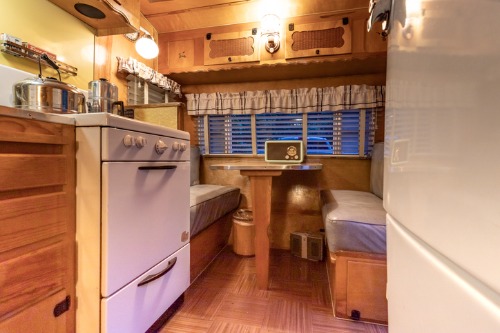
Scroll through Instagram and you’ll see gleaming countertops, perfectly folded throw blankets, and fairy lights strung just so. What you don’t see is the layer of dust that collects in minutes or the pile of shoes kicked under the dinette. RVs are small spaces, which means clutter builds up fast—especially with kids or pets. Even the tidiest travelers admit they do some serious staging before snapping a photo.
The reason this myth sticks is that people love the aesthetic of “tiny home perfection.” But real RV life involves mud tracked in from hikes, damp towels that never quite dry, and storage bins bursting at the seams. Cleaning is constant, and “minimalism” often means shoving stuff into every available nook. Behind every Instagram-ready shot, there’s usually a mess just out of frame.
2. You Always Wake Up to a Scenic View
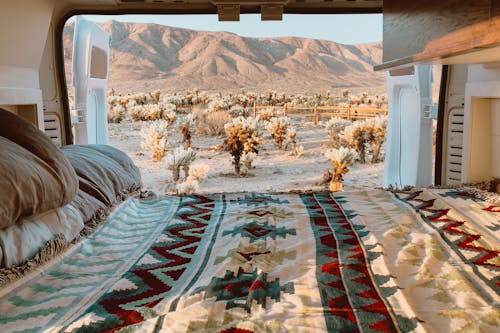
Social media makes it look like every morning starts with coffee and a mountain vista. In truth, plenty of RVers wake up in Walmart parking lots, highway rest stops, or crowded campgrounds with generators humming nearby. Boondocking in remote places takes planning, permits, and sometimes risky road conditions. The most beautiful campsites are often booked months in advance.
This myth endures because everyone wants to believe RV life equals nonstop adventure. But accessibility, weather, and safety often dictate where you park. Many full-timers balance gorgeous views with practical stops to dump tanks or stock up on groceries. The reality is less “forever vacation” and more “logistical juggling act.”
3. Wi-Fi Is Always Strong Enough to Work Remotely
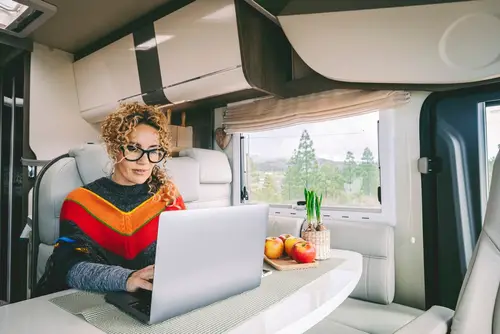
You’ll see travel influencers livestreaming from their rigs as if nationwide high-speed internet just follows them around. In practice, mobile connectivity can be wildly inconsistent—especially in rural areas. Even multiple data plans and signal boosters can’t guarantee a stable connection. Many RVers plan routes based on cell coverage maps just to stay connected.
The myth survives because digital nomads make it look effortless. But behind the scenes, many spend hours hunting for cafés or libraries with reliable Wi-Fi. Uploading videos or holding Zoom meetings can mean scheduling around bandwidth spikes. It’s not that remote work is impossible—it’s just not as plug-and-play as social media suggests.
4. RV Living Is Cheap and Simple
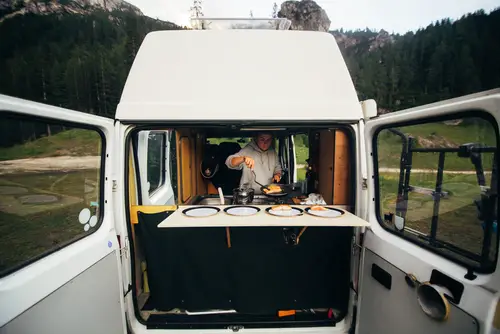
You’ll hear people claim RV life lets you “live for less,” but that depends heavily on how you do it. Fuel costs, campground fees, maintenance, and insurance all add up quickly. Repairs can be shockingly expensive, especially for engines or plumbing. Even small things like propane and laundry add to the monthly budget.
This myth persists because people focus on the savings from not paying rent or a mortgage. But many RVers find the costs balance out once reality hits. Unexpected breakdowns, detours, or higher fuel prices can blow through budgets. Simplicity is appealing—but it often comes with hidden expenses and tradeoffs.
5. You’ll Always Feel Free and Unstressed
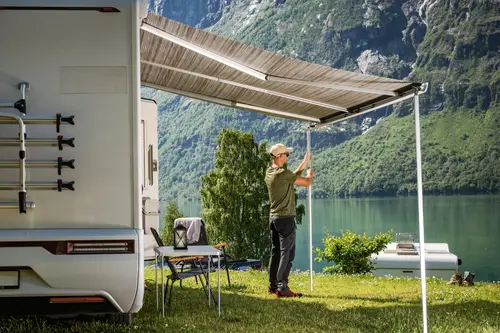
Social posts make RV life look like a never-ending road trip with no worries. But life on the road comes with its own stresses: mechanical failures, finding safe overnight spots, and constant movement. The lack of a fixed address can complicate things like mail, medical care, and taxes. Even the most adventurous travelers can feel burnout after months of motion.
The “freedom” narrative is powerful because it sells the dream of escape. Yet for many, RV life replaces one set of responsibilities with another. Flexibility is real—but so is the pressure to keep everything running smoothly. True freedom often looks more like compromise than liberation.
6. Every Day Is an Adventure
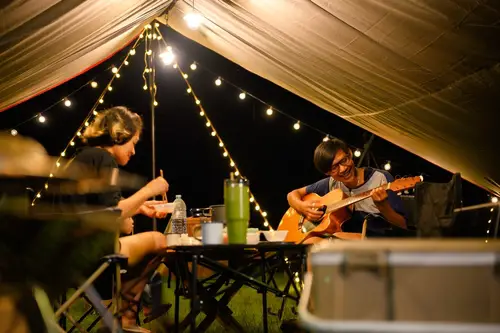
Photos of kayaking, hiking, or campfires make it seem like every day brings something epic. The truth is that most days are surprisingly routine: working, driving, cooking, or doing maintenance. Just like in a house, daily chores don’t disappear—they just happen in a smaller space. Sometimes the “adventure” is finding a laundromat that doesn’t eat quarters.
This myth sticks because adventure sells better than monotony. But constant travel can actually make people crave downtime. Many RVers intentionally stay in one place for weeks just to rest. Behind those wild travel montages is usually someone craving a quiet, uneventful day.
7. RV Parks Are Always Peaceful and Friendly
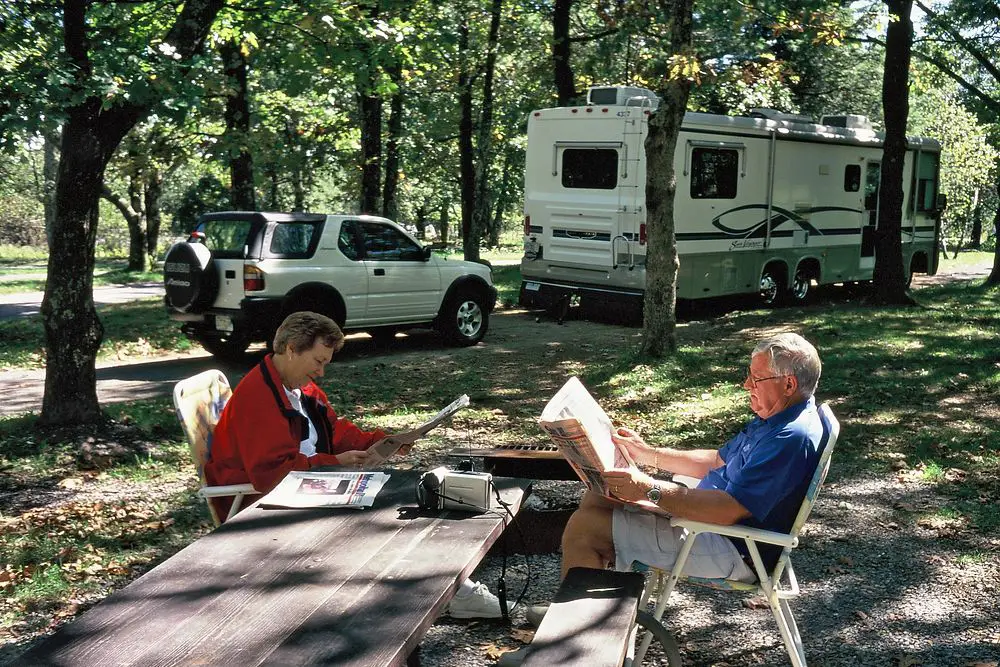
Online, you see smiling neighbors and golden-hour shots of communal campfires. In reality, some parks are noisy, cramped, or filled with long-term residents who prefer privacy. You might hear barking dogs, generators, or late-night music. Not every campground feels like a friendly neighborhood.
This myth endures because social media highlights the good encounters. But seasoned RVers know every park has its own vibe—and not all are welcoming. Finding a quiet, respectful spot can take trial and error. Real community exists, but it’s not guaranteed with every stay.
8. Maintenance Is Easy If You’re Handy
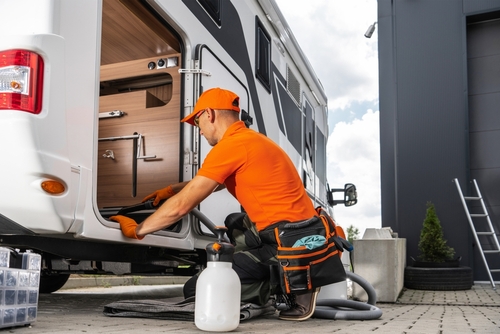
DIY repairs look simple when shown in sped-up reels. But RVs combine plumbing, electrical, mechanical, and carpentry systems in tight spaces. Even skilled DIYers often need professional help for major issues. One leaky seal or miswired fuse can cause thousands in damage.
The myth persists because quick “how-to” videos make complex jobs look doable. What they don’t show are the hours of troubleshooting, specialized tools, or safety risks. Many full-timers learn the hard way that “doing it yourself” can turn expensive fast. Preventative maintenance is a full-time job, not a weekend hobby.
9. Solar Power Means Total Energy Independence
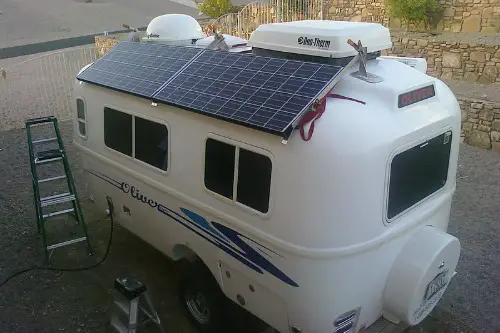
Plenty of RVers boast about living “off-grid” with solar panels, but the story isn’t that simple. Solar setups depend heavily on weather, battery size, and power use. Cloudy days or high-demand appliances can drain batteries fast. Many solar users still rely on generators or shore power as backup.
This myth survives because the idea of energy freedom is appealing. But full off-grid living requires investment, expertise, and realistic limits. Even the best systems can’t run everything indefinitely. For most, solar is a supplement—not a total solution.
10. You Can Go Anywhere, Anytime

Social feeds love to show RVs parked on cliffs or beaches, implying total freedom. In reality, many of those spots are off-limits, require permits, or risk fines. RV size, road conditions, and weight restrictions limit where you can safely travel. Some scenic routes just aren’t built for large rigs.
This myth continues because the idea of limitless travel sells. But seasoned travelers know the rules and respect them to avoid damage or danger. True adventure often means finding legal, safe alternatives—not breaking the rules for a photo. The best explorers plan carefully, not recklessly.
11. Couples Who RV Together Never Argue
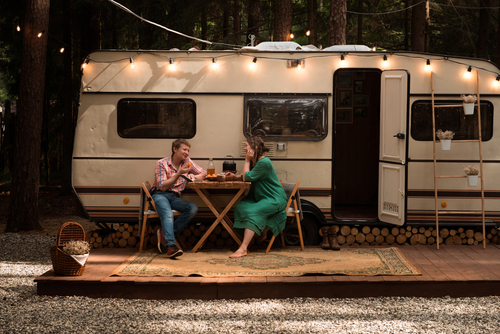
The dreamy couple shots make it look like RV life is pure relationship bliss. In truth, living in under 200 square feet tests even the strongest partnerships. Constant togetherness, decision fatigue, and lack of personal space can spark tension. Many couples have to learn entirely new ways to communicate and compromise.
The myth persists because conflict doesn’t make good content. But anyone sharing a tiny home knows that harmony takes effort. Those smiling selfies often follow real arguments about directions or budgets. Successful RV couples talk openly about the hard parts—because they’re real.
12. It’s Just Like a Tiny Home on Wheels
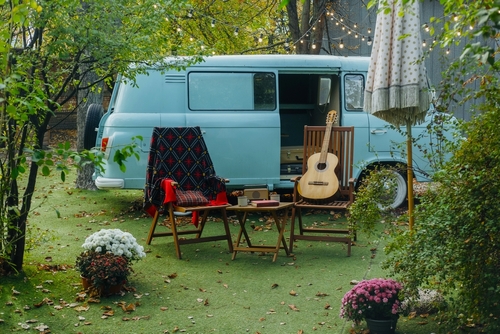
RV influencers often equate their rigs to cozy tiny homes, but they’re not built the same. Most RVs use lightweight materials and flexible systems for travel, not permanent living. Temperature control, insulation, and durability are constant challenges. Living full-time in an RV means managing wear and tear much faster than in a house.
This myth hangs on because the tiny-home aesthetic photographs beautifully. But long-term RV life requires constant adaptation and repair. It’s less “HGTV dream home” and more “rolling compromise.” The charm is real—but so are the maintenance bills and midnight repairs.
This post 12 Social Media Myths That Make RV Life Look Cleaner Than It Is was first published on Greenhouse Black.
